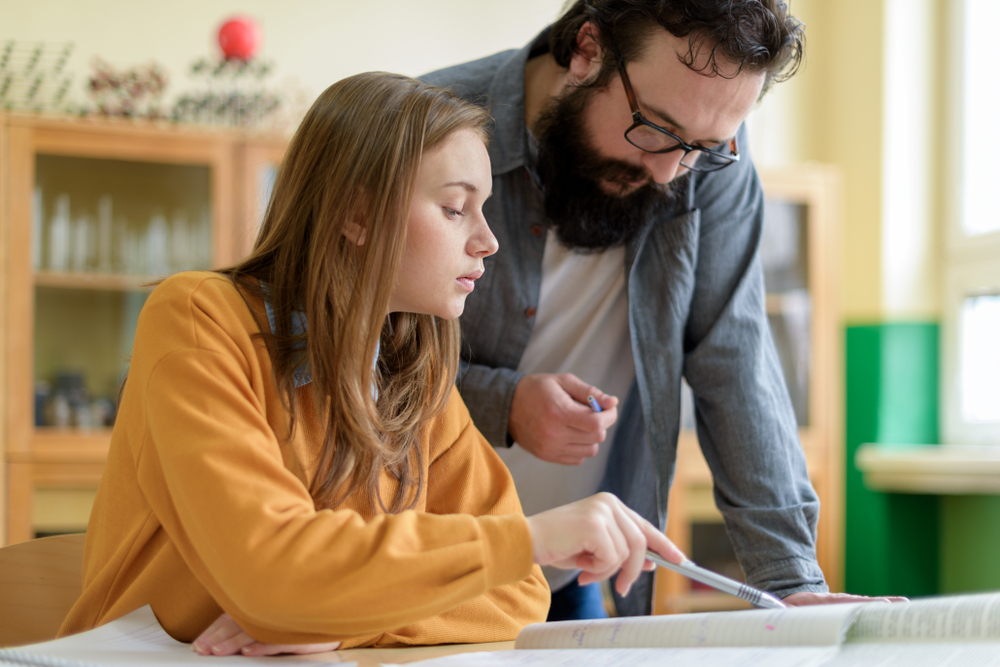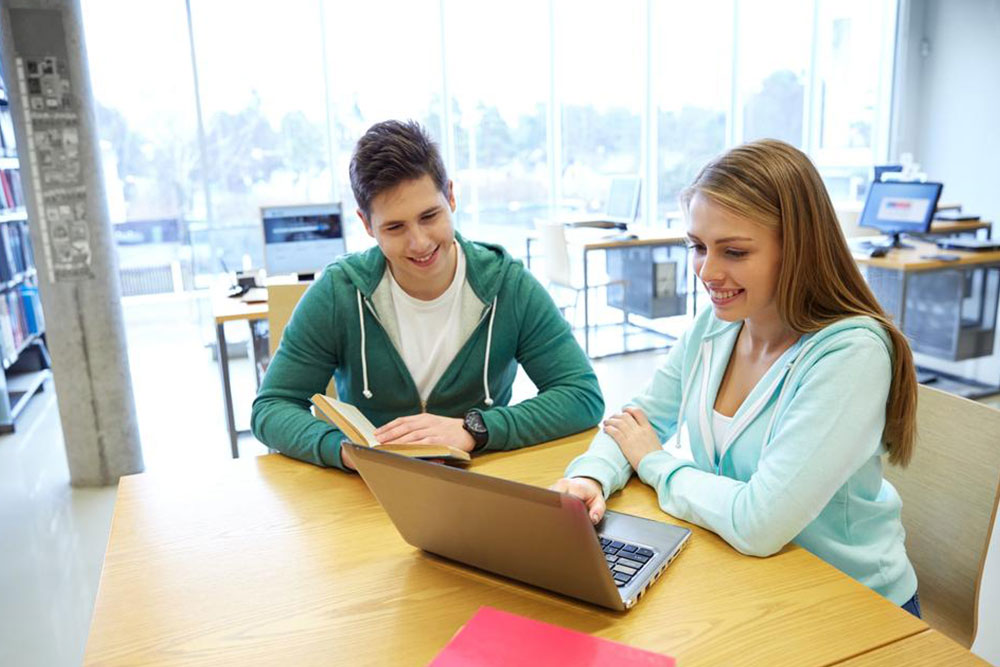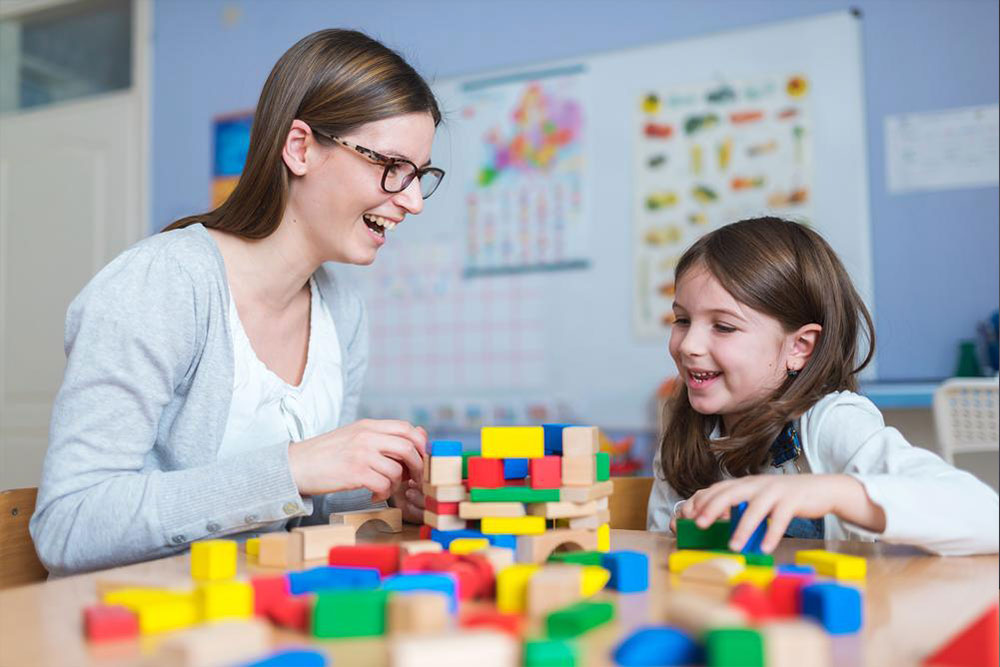Top 7 Innovative Teaching Tools to Transform Classroom Learning
Explore the top 7 innovative teaching tools that are revolutionizing classroom learning. This comprehensive guide highlights traditional aids like posters and maps, alongside modern digital technologies such as interactive games and multimedia resources. Discover how these tools foster engagement, critical thinking, and practical skills, transforming education into an interactive and inspiring experience for students of all ages. Implementing these strategies can significantly enhance teaching effectiveness and student outcomes in today’s dynamic educational landscape.

Top 7 Innovative Teaching Tools to Transform Classroom Learning
In the evolving landscape of education, leveraging effective teaching resources is essential for fostering an engaging, inclusive, and productive learning environment. These educational tools, ranging from timeless traditional aids to cutting-edge digital technologies, are pivotal in enhancing teaching methodologies, catering to diverse learner needs, and making lessons more interactive and enjoyable. When thoughtfully integrated, these tools encourage collaboration, deepen understanding, and stimulate curiosity among students. This comprehensive guide explores the most impactful teaching aids currently transforming classrooms worldwide, helping educators create vibrant and effective learning experiences.
Visual Aids: Charts, Posters, and Real Objects
Visual aids are foundational in educational settings, offering a powerful way to illustrate concepts clearly and effectively. Using charts, posters, and real objects, teachers can simplify complex ideas, making them more accessible and memorable for students. Visual representations help bridge the gap between abstract theories and practical understanding, especially for visual learners. Involving students in creating visual aids, such as posters or models, encourages active participation and reinforces learning through hands-on engagement. For example, creating a biology poster showcasing the human respiratory system not only illustrates the anatomy but also promotes teamwork and creativity.
Maps, Globes, and Atlases
Geography lessons greatly benefit from the use of detailed maps, globes, and atlases. These tools deepen students’ understanding of spatial relationships, world geography, and cultural contexts. Interactive activities like map labeling, virtual globe exploration, or historical route tracing can stimulate curiosity and critical thinking. These resources help transform abstract location concepts into tangible experiences, enhancing spatial awareness and global perspective. Incorporating digital map applications further enriches learning by providing real-time data and multimedia integration.
Memory Enhancement Tools: Flashcards and Study Aids
Memory cards, including flashcards and flip cards, are invaluable for reinforcing knowledge across disciplines. These portable and versatile tools facilitate active recall, a proven technique to strengthen memory retention. Using flashcards for vocabulary, formulas, or historical dates makes studying more engaging and efficient, especially when combined with spaced repetition techniques. Modern digital versions allow for customization, multimedia integration, and gamified learning experiences, making study sessions more dynamic and personalized.
Performative and Experiential Learning: Drama, Role-Play, and Simulations
Introducing drama, role-plays, and simulations into lesson plans brings academic material to life. Students reenacting historical events, scientific processes, or literary scenes develop a deeper understanding through experiential learning. Role-play fosters empathy, enhances communication skills, and encourages teamwork, while simulations allow students to experiment with real-world scenarios in a controlled environment. These active learning strategies cultivate critical thinking, problem-solving, and creativity, making subjects more relatable and engaging.
Flipped Classroom Model: Pre-Class Engagement and In-Class Application
The flipped classroom approach flips traditional teaching methods by assigning lecture videos, readings, or tutorials for students to explore at home. Classroom time is then dedicated to discussions, collaborative projects, and practical exercises. This method promotes independent learning, enhances research skills, and provides personalized learning opportunities. It also encourages peer-to-peer interaction and teacher guidance, creating an adaptable and student-centered learning environment.
Digital Interaction and Gamification: Educational Games and Multimedia Content
Integrating interactive digital games, simulations, and multimedia content transforms lessons into captivating experiences. Educational technology tools develop critical thinking, digital literacy, and cognitive skills while making learning fun. For example, quizzes, puzzle games, and virtual labs motivate students through immediate feedback and rewards. Utilizing videos, animations, and online documentaries broadens perspectives and encourages self-directed exploration. These ICT-driven resources are essential in nurturing lifelong learning habits in the digital age.
Video and Visual Media: Documentaries, Online Videos, and Animations
Using multimedia content such as documentaries, online tutorials, and animations enhances engagement by providing visual storytelling and real-world examples. Videos stimulate curiosity, encourage critical analysis, and support diverse learning styles. They are particularly effective in conveying complex scientific processes, historical events, or cultural practices that benefit from visual context. Moreover, curated content helps foster digital literacy and global awareness, preparing students for a connected world.
From traditional posters and flashcards to sophisticated digital games and multimedia resources, these teaching aids are reshaping modern classrooms. Effective integration of these tools, tailored to students' age, interests, and learning styles, can significantly improve engagement, comprehension, and academic success. Embracing a combination of tried-and-true methods and innovative technologies ensures educators can create dynamic learning environments that inspire and empower students to reach their full potential.





